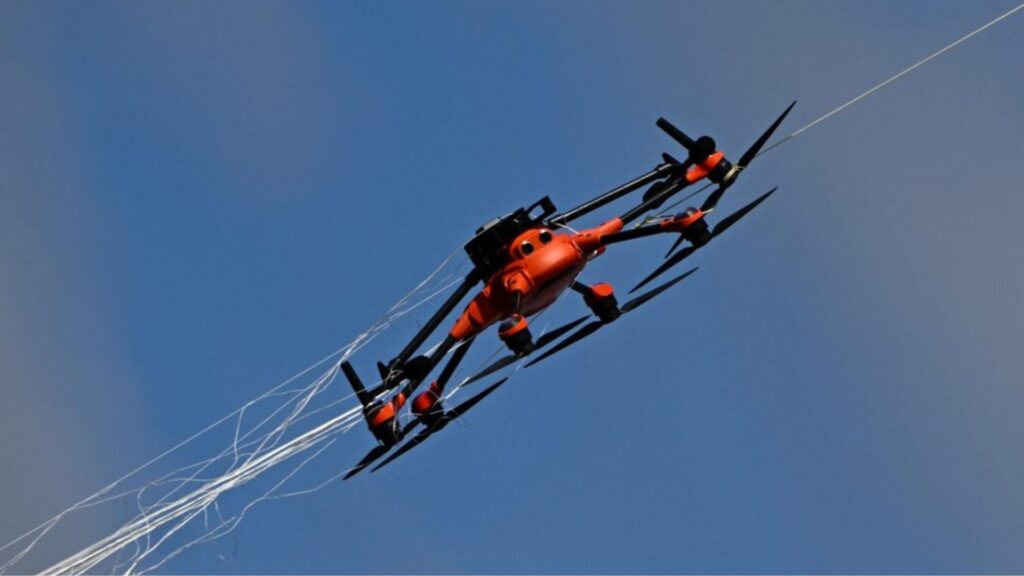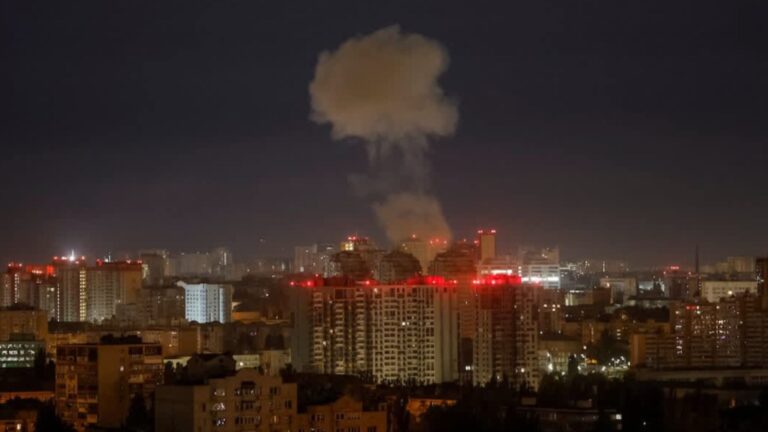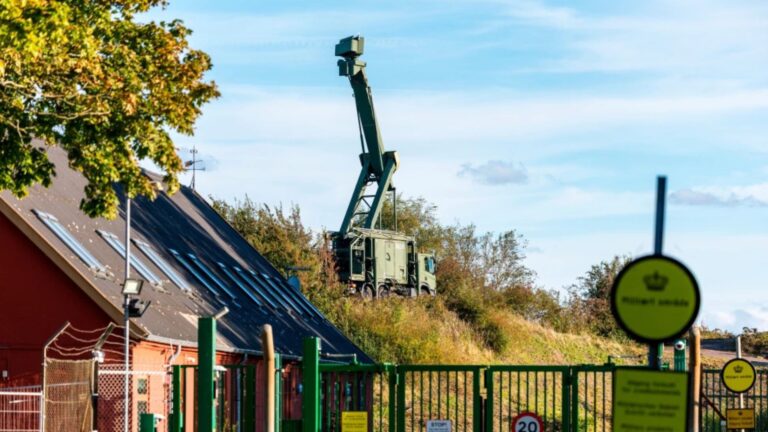
EU defense ministers from ten eastern flank countries agreed Friday to fast-track development of a comprehensive “drone wall” defense system following a surge in Russian drone incursions that have tested NATO’s resolve and exposed critical vulnerabilities in European airspace security.
Immediate Response to Escalating Threats
The virtual meeting, chaired by EU Defense Commissioner Andrius Kubilius, convened representatives from Bulgaria, Denmark, Estonia, Finland, Hungary, Latvia, Lithuania, Poland, Romania, and Slovakia, alongside officials from Ukraine and NATO. Kubilius opened the session by warning, “Russia is testing the EU and NATO, and our response must be firm, united and immediate,” underscoring that repeated airspace violations are “unacceptable”.
On September 9–10, approximately 20 Russian drones penetrated deep into Polish territory—marking the first direct military engagement between NATO and Russia since Moscow’s 2022 invasion of Ukraine. Estonia reported three MiG-31 fighter jets entering its airspace for 12 minutes on September 19, while Romania intercepted Russian drones near its border with Ukraine on September 13. Denmark shut down multiple airports this week due to unidentified drone activity near Copenhagen and Aalborg.
Ukrainian intelligence assessed that the Polish incursion employed Gerbera decoy drones, intended to probe NATO defenses rather than conduct targeted strikes. Officials warned these tactics aim to “stoke fatigue in member states” and intimidate neighboring countries, highlighting the urgency of implementing robust countermeasures.
Comprehensive Defense Framework
Ministers endorsed the “drone wall” as the centerpiece of the broader Eastern Flank Watch initiative, comprising three defensive barriers: aerial drone defenses, ground-based anti-mobility systems, and maritime security for the Baltic and Black Seas. Kubilius stressed that lessons from Ukraine’s battlefield experience—including acoustic sensors and mobile strike groups used to counter drone swarms—would be “invaluable” to the project.
Under the plan, EU members will deploy a multi-layered detection and interdiction network integrating radars, acoustic sensors, signal jammers, interceptors, and traditional artillery. Priority will be given to establishing effective drone detection capabilities, as existing European systems excel at tracking fighter jets and missiles but struggle with smaller unmanned aerial vehicles.
Ukrainian Defense Minister Denys Shmyhal confirmed Kyiv’s readiness to participate fully, with technical teams standing by to deploy sensors and counter-drone assets. A joint declaration is expected to be finalized in early October, followed by formal adoption at the Brussels summit later that month.
European Commission President Ursula von der Leyen has pledged €7 billion for the drone alliance with Ukraine, whose forces have used unmanned aerial vehicles to inflict approximately two-thirds of all Russian equipment losses on the battlefield. The initiative will be discussed at next week’s EU summit in Copenhagen before moving to formal implementation—targeted for completion within one year.
By fast-tracking the drone wall, EU defense ministers aim to deter further Russian probes, bolster NATO’s eastern flank, and share critical expertise with partner Ukraine, demonstrating a unified commitment to European security.











